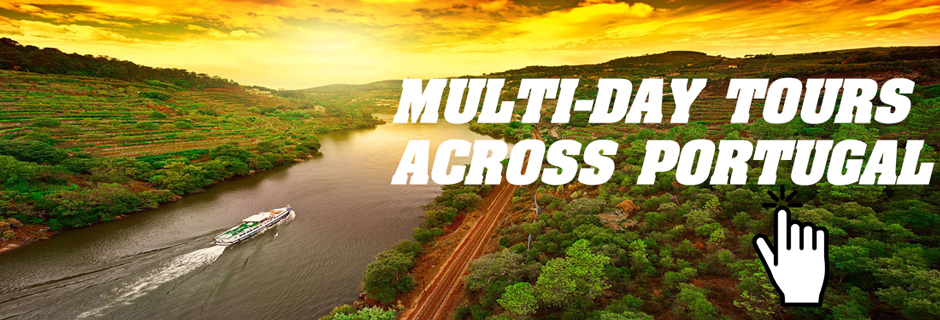Lisbon Oceanarium
Lisbon’s Oceanarium is a huge aquarium placed in the Parque das Nações (Nations’ Park), the site of the World Expo of 1998, east side of Lisbon. More than 15,000 fish and marine warm blooded animals can be seen here, including the ever mainstream sharks.
At the point when the Oceanarium opened in 1998 as the centerpiece of the World Exposition, it was the second biggest aquarium on the planet. The aquarium is the most prevalent fascination in Lisbon’s Parque das Nações, a current neighborhood nearly five kilometers (3 mi) from downtown Lisbon.
The Parque das Nações is home to various cutting edge looking structures that were built for the World Expo, and the Oceanarium is a standout amongst the most arresting. Planned by the American group of Peter Chermayeff and Bobby C. Poole – draftsmen worked in the development of aquariums – the building resembles an advanced adaptation of an oil rig stage. It is totally encompassed by water and can be arrived at from the wharf by a secured extension.
The fundamental highlight of the Oceanarium is the focal and biggest tank, seven meters high (23 ft) and holding in the range of five million liters of water. The tank is home to a wide assortment of marine life from all territories of the globe. This mixture is made conceivable because of contrasts in light infiltration, temperature and different variables that permit fish from distinctive environments to coincide inside the tank, which is apropos named ‘Worldwide Ocean’. Somebody hundred species live here, from the noteworthy goliath manta beams, zebra sharks and morays over the peculiar sunfish to the vivid butterflyfish.
Four littler tanks in each one corner of the Oceanarium mimic the Atlantic, Pacific, Indian and Antarctic natural surroundings. Other than various types of fish, there are likewise a few warm blooded animals, for example, the ever-dynamic ocean otters and a lot of feathered creatures including puffins, finches and the continually engrossing penguins. The regular environments have been painstakingly reproduced; there are even palm trees and espresso trees in the tropical living.
- admin
- on Feb, 19, 2015
- No Comments.
Comments are closed.






